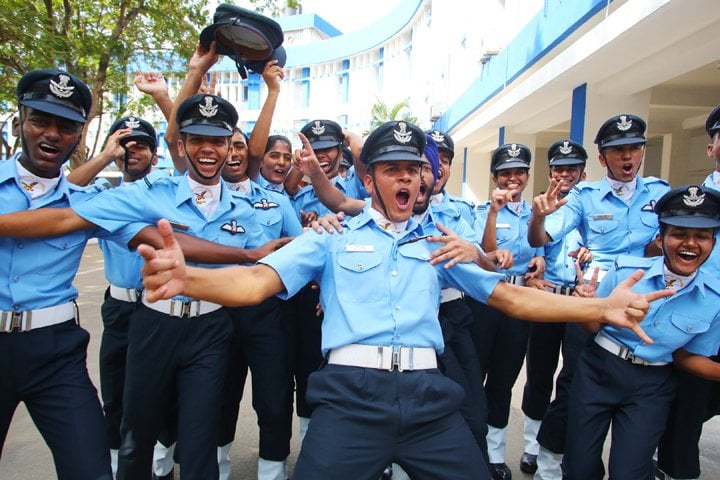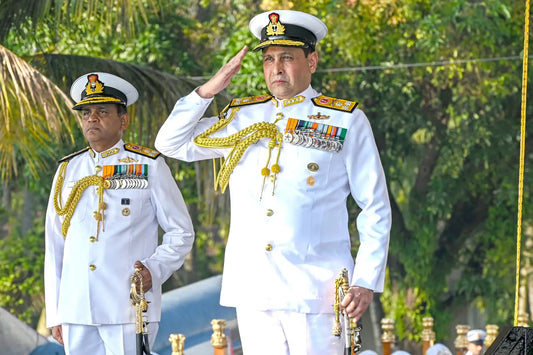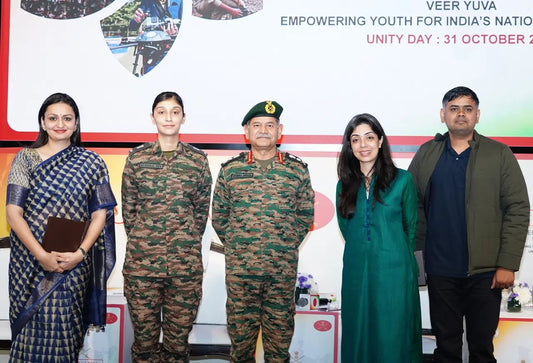Comprehensive Overview of Indian Air Force Flying Officer Salaries and Benefits

The Indian Air Force (IAF) represents a cornerstone of national strength and defense capabilities, playing a critical role in safeguarding India's airspace integrity and sovereignty. As one of the world's largest air forces, it continuously attracts young professionals eager to pursue aviation careers. A significant factor influencing these career choices is the compensation package available to IAF officers, particularly Flying Officers. This article explores the salary structure, allowances, and benefits associated with the Flying Officer role, offering valuable insights for prospective candidates and interested readers.
Founded on 8th October 1932 during British colonial rule, the Indian Air Force originated as the Royal Indian Air Force (RIAF). Initially a modest force, it has undergone significant growth and development over the decades, enhancing its capabilities, technology, and personnel management. Establishing fair and motivating compensation packages has become crucial for attracting and retaining talent in a competitive environment. Over time, salary structures have evolved to meet the changing expectations of service personnel and align them with their civilian counterparts in government roles.
The cornerstone of a Flying Officer's compensation package is the Basic Pay, determined by rank and experience. Newly commissioned Flying Officers receive a monthly basic pay of ₹56,100, corresponding to Level 10 in the pay matrix. This applies to graduates who have recently completed their training at the Air Force Academy.
The basic pay scale for Flying Officers varies with experience and rank progression. It ranges from ₹56,100 to ₹1,77,500 as officers advance through the ranks. This pay scale reflects the increasing responsibilities officers shoulder over time and acknowledges their contributions to national security.
The Indian Air Force provides a variety of allowances to enhance the overall salary package and support officers in their service. These allowances address specific costs related to military service.
The Military Service Pay (MSP) adds ₹15,500 per month for officers up to certain ranks, recognizing the unique demands and challenges of military service. This allowance compensates for the risks and hardships faced by military personnel.
The Dearness Allowance (DA) helps counter inflation's impact on salaries, typically amounting to around 28% of a Flying Officer's basic pay. Therefore, for a newly commissioned officer with a basic pay of ₹56,100, the DA is approximately ₹15,708.
For officers in the flying branch, the Flying Allowance offers an extra ₹25,000 per month, compensating for the demands and expertise required for operational flying roles.
The Transport Allowance (TA) varies with the city of posting. For officers stationed in metro cities (X-class), the TA is ₹7,200 plus DA, essential for those commuting in urban settings where transport costs are significant.
If government quarters are unavailable, officers receive a House Rent Allowance (HRA), which varies according to the city and prevailing market rates. HRA aims to cushion housing costs for officers.
The Children Education Allowance (CEA) addresses the educational needs of officers' children, though the precise amount may vary, easing the burden of schooling expenses.
The Indian Air Force also provides various compensatory allowances based on operational demands, such as Field Area Allowance, High Altitude Allowance, Siachen Allowance, and Island Special Duty Allowance, offering financial recognition for officers serving in challenging environments.
A career as a Flying Officer in the Indian Air Force offers more than competitive pay and allowances. Several perks make service in the IAF an attractive prospect for aspiring candidates.
Flying Officers receive well-furnished accommodation according to their ranks, alleviating housing expenses and providing a comfortable living environment.
Another significant perk is the insurance cover, offering officers a low-premium policy valued at ₹75 lakhs. Additional coverage may be available for those in the flying branch.
Flying Officers enjoy annual leave of 60 days and 20 days of casual leave, balancing military demands with personal time, crucial for overall well-being.
The IAF offers Leave Travel Concession (LTC) to officers and their families, facilitating family time during leave and enabling leisure travel without significant financial burden.
Financial support includes access to liberal loans from organizations like the Air Force Group Insurance Society, assisting with purchasing homes, vehicles, and other personal needs, simplifying financial management.
Post-retirement benefits are robust, including a lifetime pension, gratuity, and comprehensive medical coverage. The Canteen Stores Department (CSD) provides access to subsidized shopping facilities, and quality education and recreational options for children enhance overall well-being.
When all factors are considered, the gross monthly salary for a newly commissioned Flying Officer can range between ₹85,000 and ₹95,000. This includes basic pay, allowances, and various compensatory incentives, making the package competitive with similar roles in government and civilian sectors.
To provide context, statistical data highlights the compensation package's significance. Recent studies indicate that the average pay for officers in paramilitary forces is lower than that for their IAF counterparts, underscoring the need for competitive salary structures to attract skilled professionals to aviation roles. IAF's financial measures support day-to-day living and encourage long-term commitment through various benefits and allowances.
Comparing the compensation structure of Flying Officers with civilian aviation roles reveals a mixed landscape. While civilians may often have higher base salaries in specialty roles, the security, allowances, and perks offered by the IAF often balance the scale favorably toward service personnel, considering retirement benefits and job security.
Despite the attractive benefits, the IAF faces challenges in retaining talent, especially with opportunities emerging in the civilian aviation sector. The perception of risk, long hours, and the demanding nature of military life may deter some candidates. To counter this, the IAF can enhance recruitment campaigns, showcasing officers' success stories and the long-term benefits of military service.
Looking to the future, the compensation packages in the Indian Air Force are set to evolve. As the demand for skilled aviators increases, adjustments in allowances, reviews of basic pay scales, and potentially new incentives tailored to technological advancements or operational needs can be expected. With the global landscape for armed forces personnel becoming increasingly competitive, the IAF must innovate continually to attract top talent.
In conclusion, the Indian Air Force offers a compelling career path for aspiring aviators, characterized by a comprehensive compensation package with robust basic pay, multiple allowances, and a range of perks. These elements provide financial incentives and a lifelong sense of fulfillment from serving the nation. While challenges remain in retaining talent in a competitive market, the IAF's commitment to enhancing personnel welfare ensures it remains a leading choice for young professionals seeking a meaningful career. For those contemplating a future in the skies, the rewards extend beyond monetary considerations—they include the honor of serving the country and pursuing excellence in aviation.
For further insights, resources, and preparatory materials for aspiring Flying Officers, resources from SSBCrack and SSBCrackExams provide invaluable support. Their comprehensive range of books, online courses, and eBooks are designed to ensure thorough preparation for a successful career in the Indian Air Force.



















